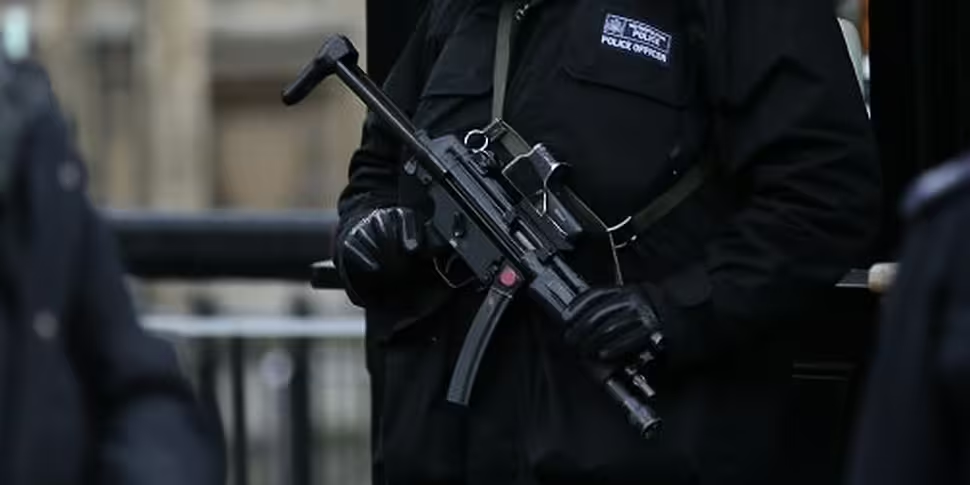Britain has raised its threat level to the highest point, following a terror attack on a London UNderground train on Friday morning.
The attack saw at least 29 people injured, some with burns to their face.
Prime Minister Theresa May has announced her country's terror threat level has been raised from severe to critical.
But what does this mean?
It will see a more visual presence of armed police and soldiers - as well as a beefing up of security at key sites.
Intelligence agency MI5 says the levels are designed to give a broad indication of the likelihood of a terrorist attack.
They range from Low - meaning an attack is unlikely - to Critical, meaning an attack is expected imminently.
Source: MI5
The threat level for the UK is set by the Joint Terrorism Analysis Centre (JTAC).
JTAC was established in June 2003 and is based in MI5 headquarters in London.
It is a self-standing organisation made up of representatives from 16 UK government departments and agencies.
MI5 is also responsible for setting terror threat levels from Irish and other domestic terrorism both in Northern Ireland and in Great Britain.
The current threat level for Northern Ireland-related terrorism in Britain is Substantial.
The MI5 building on London's Millbank in 2004 | Image: Myung Jung Kim/PA Archive/PA Images
MI5 says a judgement on the threat level has several factors.
These include available intelligence, terrorist capability, terrorist intentions and timescale.
MI5 says: "The threat level expresses the likelihood of an attack in the near term.
"We know from past incidents that some attacks take years to plan, while others are put together more quickly.
"In the absence of specific intelligence, a judgement will need to be made about how close an attack might be to fruition.
"Threat levels do not have any set expiry date, but are regularly subject to review in order to ensure that they remain current."
Since 2006, information about Britain's terror threat level has been available on the MI5 and UK Home Office websites.
While threat levels for Northern Ireland-related terrorism were made available from September 2010.
The UK's terror threat level has only been set to Critical three times before.
Source: MI5
It was raised in 2006 after a plot to kill thousands of people by detonating explosions on up to 10 transatlantic flights from UK airports was disrupted.
The level was raised a second time in 2007 after a blazing car loaded with propane canisters was driven into a crowded Glasgow Airport.
And it was placed at the highest level again in May 2017, after a bomb attack on an Ariana Grande concert in Manchester.
The levels were brought in a year after the July 7th bombings, in which 52 people were killed and more than 700 injured in London.












